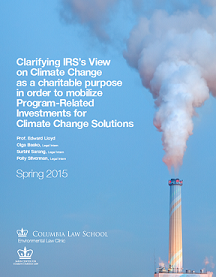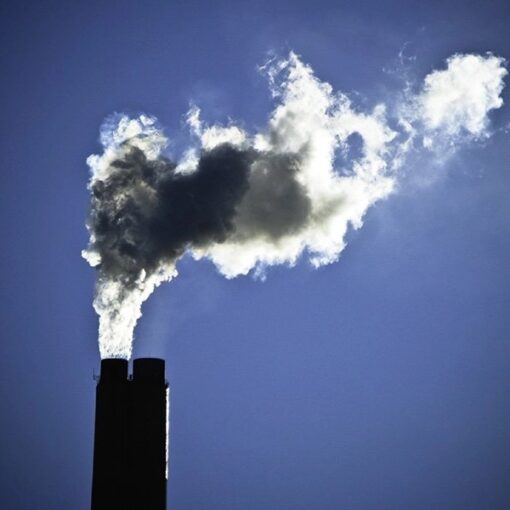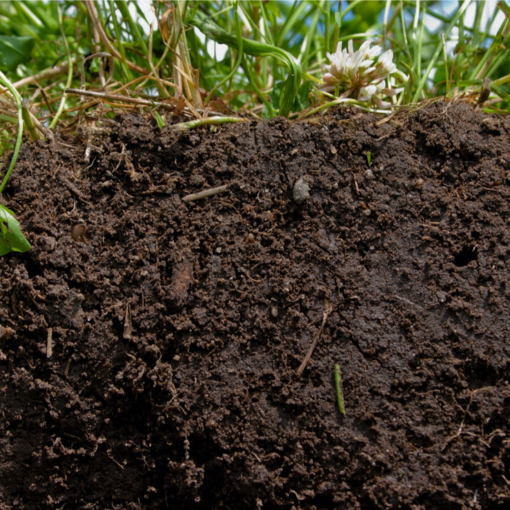By Romany Webb
 Despite scientists’ dire warnings about the catastrophic impacts of climate change, the greenhouse gases that cause it continue to be emitted in substantial amounts. There is no question that deep, across the board cuts in greenhouse gas emissions are essential, but many scientists now agree that simply cutting future emissions will not be enough. It will also be necessary to remove previously-emitted greenhouse gases from the atmosphere. This could be achieved in a number of ways, including through enhanced weathering, which aims to accelerate natural processes whereby carbon dioxide reacts with silicate-rich rocks. While enhanced weathering has been the subject of much scientific research in recent years, it has received little attention from the legal community. A new Sabin Center white paper, published online today, provides the first comprehensive analysis of legal issues associated with the performance of enhanced weathering on land and in the oceans.
Despite scientists’ dire warnings about the catastrophic impacts of climate change, the greenhouse gases that cause it continue to be emitted in substantial amounts. There is no question that deep, across the board cuts in greenhouse gas emissions are essential, but many scientists now agree that simply cutting future emissions will not be enough. It will also be necessary to remove previously-emitted greenhouse gases from the atmosphere. This could be achieved in a number of ways, including through enhanced weathering, which aims to accelerate natural processes whereby carbon dioxide reacts with silicate-rich rocks. While enhanced weathering has been the subject of much scientific research in recent years, it has received little attention from the legal community. A new Sabin Center white paper, published online today, provides the first comprehensive analysis of legal issues associated with the performance of enhanced weathering on land and in the oceans.
Broadly, enhanced weathering involves spreading finely ground silicate rock or other materials with similar chemical composition over land or ocean waters. The materials react with carbon dioxide in the air, releasing carbonate or bicarbonate ions, which either remain on land and form carbonate minerals (e.g., limestone), or flow into the oceans and eventually become carbonate sediments on the ocean bed. While further study is needed to fully evaluate the risks associated with enhanced weathering, initial research suggests that it could result in the long-term storage of large amounts of carbon dioxide, likely for centuries or millennia. Enhanced weathering could also have other benefits. Most notably, when performed on agricultural land, it can help to stimulate plant growth, increasing crop yields and reducing the need for synthetic fertilizers.
Performing enhanced weathering on agricultural land or in other onshore or offshore areas could raise a host of legal issues. The Law of Enhanced Weathering for Carbon Dioxide Removal discusses key issues arising under international and U.S. federal and state law. As the paper explains, there are currently no international or U.S. laws dealing specifically with enhanced weathering, but projects could be subject various, existing general environmental and other laws. Exactly how and when those laws apply will depend on the design of each enhanced weathering project, including where it is conducted, the materials used, and the method of application. Our paper surveys potentially applicable existing laws and identifies areas where new laws could be adopted, or existing ones revised, to reduce uncertainty and facilitate the development of enhanced weathering projects.
Romany Webb is a Research Scholar at Columbia Law School, Adjunct Associate Professor of Climate at Columbia Climate School, and Deputy Director of the Sabin Center for Climate Change Law.





